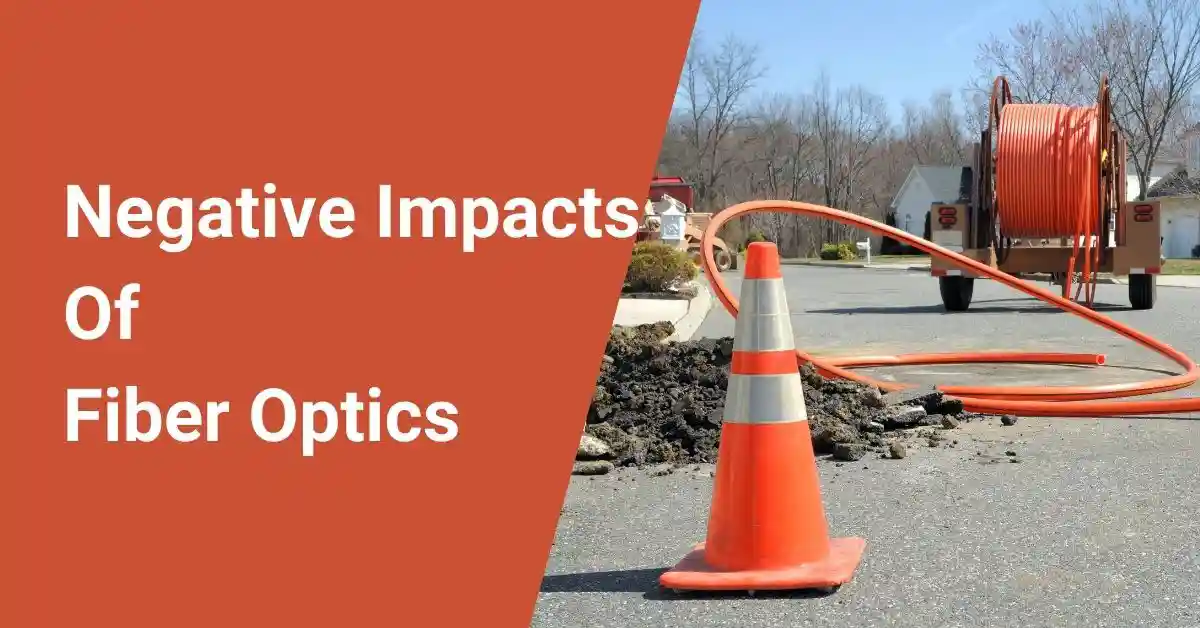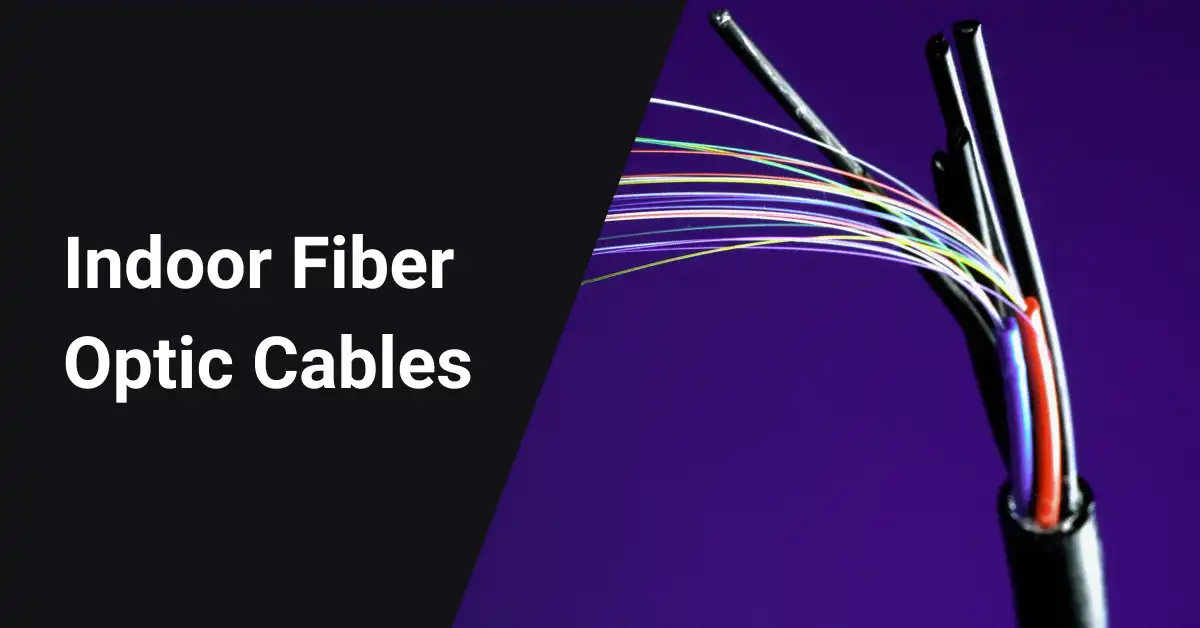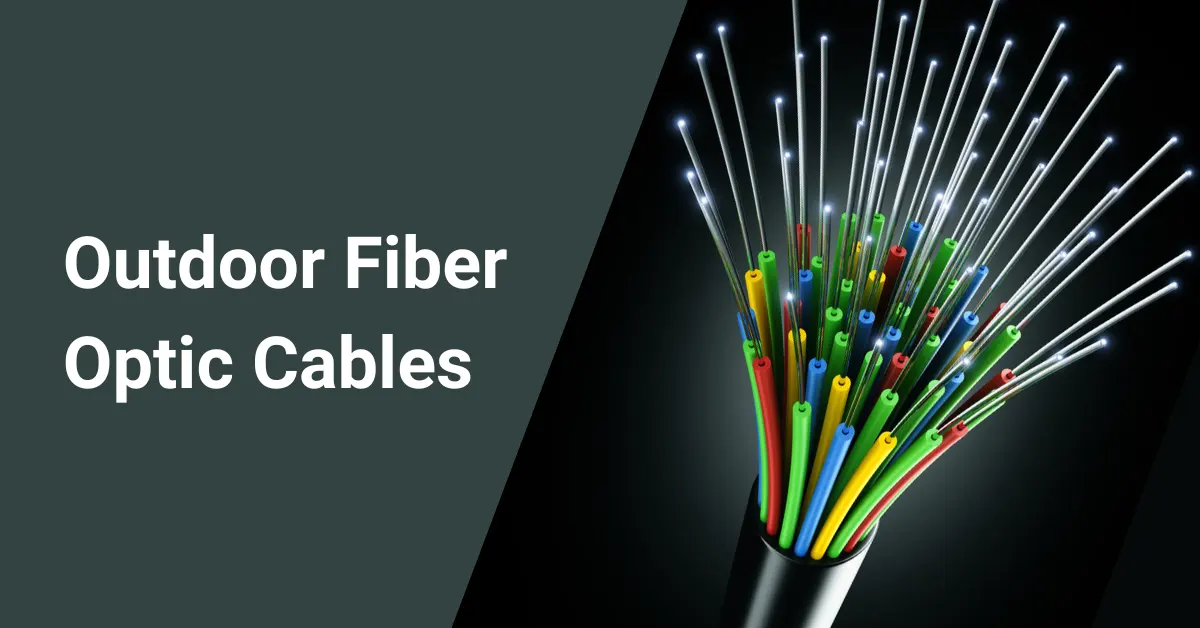Optical fiber networks form the backbone of our global communications infrastructure, carrying nearly 100% of transoceanic data traffic. As more cables stretch across seas and land to meet surging bandwidth demands, we must balance connectivity with conservation. From raw material extraction through end-of-life disposal, each stage of an optical cable’s lifecycle poses sustainability challenges alongside the revolutionary capabilities enabled. With informed planning and innovation, we can maintain the health of our planet while advancing access to information.
Table of Contents
12 negative impacts of fiber optics on the environment
Disturbance of the Environment during Installation
Installing underground fiber cables depends on trenching equipment to carve pathways, reaching depths of over 3 feet. This excavation tears through existing ecosystems, decimating natural habitats in its wake. As trenchers uproot vegetation and loosen soil, they may destroy forest understories, grasslands, or delicate wetland environments.
One study examining a 3,100-mile cable installation found over 154 different plant species disrupted. Moreover, the consequences ripple beyond initial impacts:
| Short-term Effects | Long-term Implications |
|---|---|
| Destruction of plant root structures | Changing soil dynamics hamper regrowth |
| Exposure of burrowing animal habitats | Loss of shelter and food access |
| Spread of invasive plant seeds on equipment | Native species displacement long after project end |
Such disturbances downgrade landscapes, trying to provide vital ecosystem services. For example, methods that compact installation site soil can permanently lower infiltration rates by 25% or more, reducing flood control capacity and moisture for plants.
Best practice: Utilize trenchless and underwater technologies like horizontal directional drilling to bypass environments. Limit machinery weight and soil waste to reduce compaction. Re-establish native plant species post-construction.

Contamination during Material Harvesting
Optical fibers composed of glass depend upon an essential ingredient – silica sand, the high-purity quartz vital for transmitting light signals. Much of this sand originates from mining operations that strip the earth using dynamite and heavy machinery. Exposure to mine tailing and dust leaks heavy metals into proximal environments. Nearby communities report 50 to 90% higher rates of illnesses such as tuberculosis and asthma.
Mining-related contamination also spreads through rainfall runoff into watersheds. A single poorly managed site can dump aluminum, iron, and boron at levels toxic enough to wipe out aquatic populations. Fish, shellfish, and pearl oysters may bioaccumulate such toxins across entire coastal fisheries.
| Impact Channel | Specific Consequences |
|---|---|
| Air pollution | Lung disease, cancer, mercury exposure from dust |
| Soil erosion | Crop damage, livestock sickness from polluted irrigation |
| Water contamination | Algal blooms, aquatic life endangerment |
Recommendation: Support certification schemes for responsibly resourced sand mining. Monitor and treat drainage discharge from active and closed quarries.
Material Extraction and Manufacturing
Beyond sand, fiber optic production depends on energy-intensive processes to transform raw silica, metals, and petrochemicals into specialized glass cables. Globally, these greenhouse gas emissions approach 49 million tonnes per year – similar to seven average-sized coal power plants.
The core manufacturing processes consist of:
- Silica purification in 1,800°C furnaces
- Glass preform extrusion under blazing 2,100°C temperatures
- Cable cooling and plastic coating application
| Process Stage | Environmental Impact Concerns |
|---|---|
| Raw material extraction | Deforestation, land disturbance |
| Water used for cooling | Atmospheric carbon emissions |
| Water use for cooling | Thermal pollution discharges |
| Plastics and lubricants | Oil-based, releasing emissions when incinerated |
Eco-friendly transitions: Switch facilities to renewable energy sources. Adopt circular economy practices to recycle glass and polymers. Explore bio-based sheathing materials to replace hydrocarbon-derived plastics.
E-Waste Generation
With optical networks still expanding, early systems are already hitting retirement age. Industry forecasts suggest up to 20 million fiber kilometers will soon require responsible disposal of e-waste. Yet current recycling rates hover at a mere 20%, given technology and economic barriers.
When trashed improperly, leached chemicals pose dangers. Optic glass laced with lead, cadmium, and carcinogens can slowly infiltrate underlying soil and water tables.
| Phase | Details |
|---|---|
| Use | Lasers emit radiation causing eye damage if mishandled |
| Disposal | Metals and compounds leach from glass, threatening human and environmental health |
| Decomposition | Incomplete plastic breakdown releases microplastics into land and sea |
Take action: Support right-to-repair legislation enabling the reuse of components. Ensure old cables get recycled, not dumped.
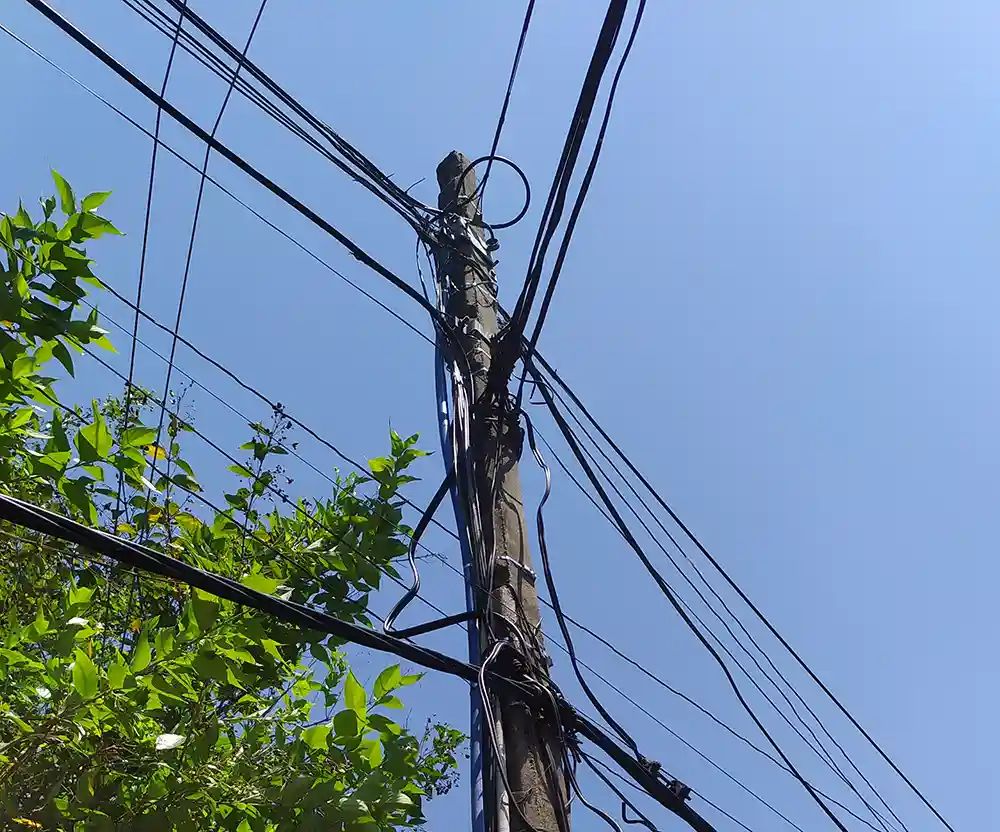
Wildlife Interference
Cables traversing air, land, and sea may disrupt essential habitats and migration pathways for birds, fish, and marine mammals. Electromagnetic field emissions confuse underwater species reliant on natural currents and coordinates. Overhead lines similarly impede avian flight paths and fragment bird communities.
In the U.S. alone, communications towers account for up to 50,000 bird collision deaths per year – and expanded 5G infrastructure risks exacerbating this. Below oceans, noise from cable laying disturbs whales and interrupts breeding behaviors.
Protecting biodiversity: Establish safe buffer zones around crucial migration corridors. Schedule construction outside breeding seasons. Evaluate habitat impacts before deploying wireless small cells.
Potential Damage from Accidental Digging
Underground fiber cables are at risk from construction crews and homeowners unaware of their presence. A mistaken shovel slicing through a buried line can sever entire networks. Beyond immediate outages, repair efforts often double the disruption through further soil excavation and compaction at damaged sites.
Federal records indicate around 150,000 cases of accidental utility strikes occur nationally each year. A 2-hour outage across a metropolitan ring can cost network providers over $1 million in losses.
| Risk | Impact |
|---|---|
| Construction & gardening | Service disruption from severed lines |
| Improper digging technique | Additional environmental harm, property damage |
| Unreported damages | Prolonged repair delays threaten public safety |
Prevent problems: Contact diggers hotlines to map utilities before projects. Carefully excavate around marked lines. Report all damage instances.
Mining of Raw Materials
Extracting essential ingredients like silica sand causes deforestation, land subsidence, and massively scarred landscapes. A single mine converting forest to wasteland can remove 400 plant species and keep 16 rediscovered centuries later. Processing uses vast volumes of local water supplies, with contamination threatening farms, livestock, and community health when discharged untreated. Polluted flows also endanger fish, crabs, and essential wetland vegetation.
| Impact Channel | Specific Consequences |
|---|---|
| Dust emissions | 43,000 global premature deaths annually |
| Chemical leaks | Groundwater toxicity making water sources unusable |
| Soil erosion | Crop fertility declines, reservoir sedimentation |
Demand change: Support policies upholding strict rehabilitation requirements before permitting mines. Require environmental impact reporting and responsible water use.
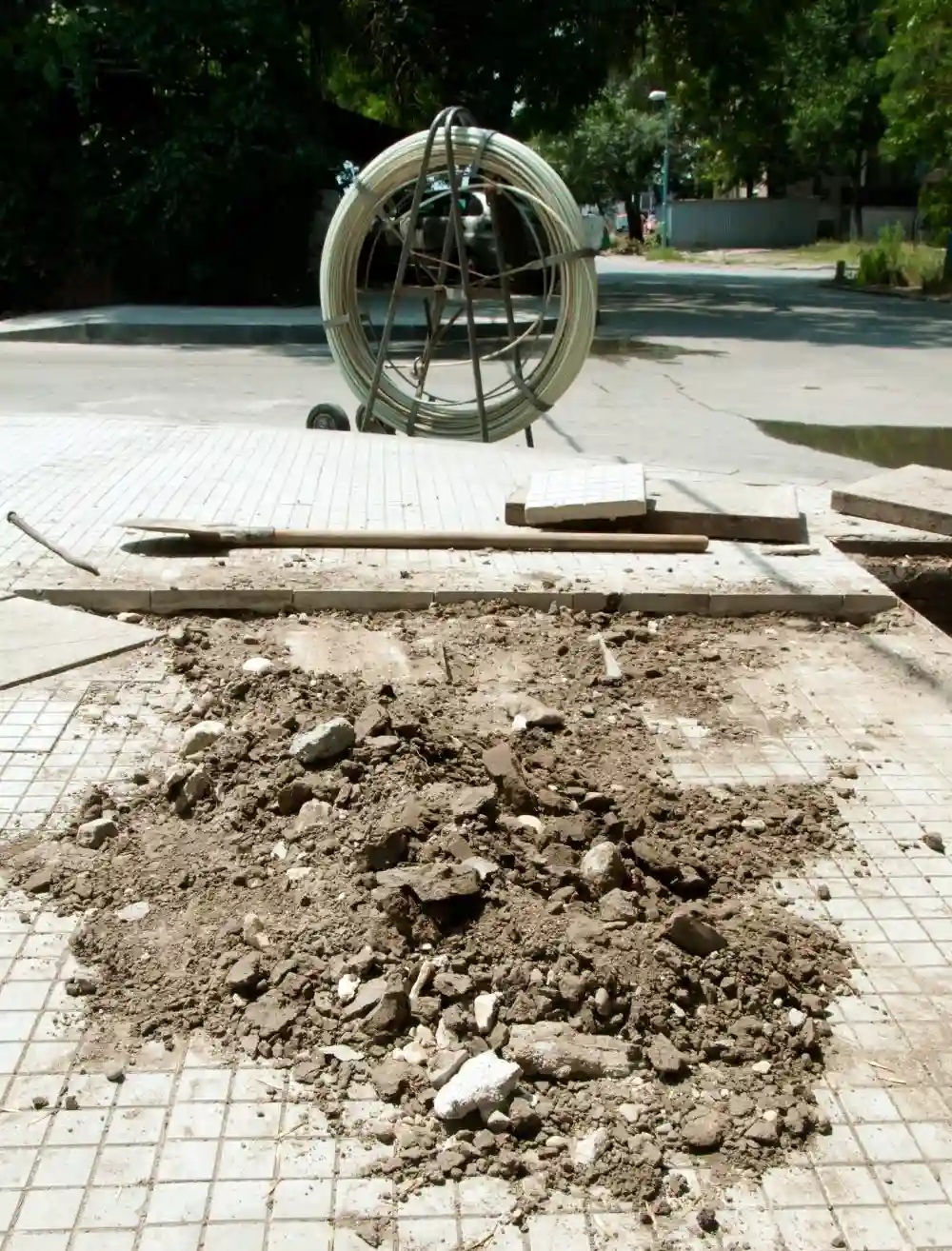
Use of Chemicals
The production process utilizes various caustic solvents and acids to catalyze glass fiber drawing and strengthen cable sheathing – including carcinogens like naphthalene, toluene, and benzene. Yet regulation of associated pollution remains lacking, allowing untreated runoff to enter nearby lands and waterways.
In developing regions, chemical controls are especially sparse:
- Only 8% of production facilities monitor carbon emissions.
- Just 24% track the disposal of lead and other dangerous byproducts.
| Exposure Route | Public & Environmental Health Impact |
|---|---|
| Air pollution | Respiratory irritations, cancer |
| Soil contamination | Toxins enter food chain, causing liver and kidney damage over time |
| Water effluent | Acidification triggering algal blooms, aquatic ecosystem collapse |
Take action: Urge lawmakers to mandate enforcement of responsible chemical handling, treatment, and waste mitigation.
Installation of Cables
Connecting neighborhoods with buried fiber optics or overhead lines fragment migration corridors for wildlife near infrastructure projects. Trenched conduits compact soil, inhibiting vegetation growth for years until structure regains. Survey records reveal workbook was reduced by up to 65% post-installation. Above ground, power lines and pole disruption drive out birds from nesting sites.
A 3-year study near a major cable deployment tracked impacts:
| Species | Outcome |
|---|---|
| Burrowing rodents | -50% abundance after disrupted tunnels and food supply |
| Songbirds | -30% nest occupancy adjacent to cleared strips |
| Large mammals | Alteration of movement corridors and access to water sources |
Mitigate harm: Integrate cabling into other dig projects to avoid repeated habitat disruption. Schedule work outside critical seasons like wildlife breeding periods.
Security Issues
Without proper safeguards, buried fiber infrastructure remains vulnerable to tapping, allowing sensitive financial data or government secrets to leak. A single unencrypted node accessing multiple networks provides an opening to wider systems. In the hands of malicious actors, hacked information threatens institutions and public safety.
According to cybersecurity firms, up to 90% of network intrusions exploit known security gaps where patches were available but unimplemented. Failure to maintain firewalls, data encryption, and access controls leads to breaches.
Guard networks: Establish node-level encryption protocols for providers. Support regulations that mandate data security standards for critical connectivity providers.
Ethical Concerns
As cables reach more communities, the distribution of benefits and burdens appears uneven. Rural towns may face land seizure for installations without input on routes or fair compensation. Indigenous tribes describe sacred site disruption from trenching projects. Police access to pervasive cameras and sensors raises concerns over privacy erosion and surveillance technology harms.
- In the United States, fiber and 5G expansion relies on 85,000 new tower and antenna structures, with some placements conflicting with tribal self-determination.
Activists urge: Policy emphasizing human rights alongside connectivity. Public transparency surrounding new digital infrastructure projects. Privacy protection regulations in the age of smart technology.
Legal Issues
New cable construction traversing private lands risks disputes where permissions weren’t sufficiently obtained. In one year alone, a major U.S. provider faced over 500 lawsuits associated with uncontrolled installations damaging property. Excavation and overhead cables that alter land usage against the owner will deepen community rifts.
Poor coordination with other utilities also breeds prolonged lawsuits when service gets disrupted by accidental line cuts. Sorting liability for repair costs spins into lengthy court battles based on inconclusive root-cause data.
| Risk Factor | Legal Consequences |
|---|---|
| Unauthorized routing | Trespassing charges, restoration lawsuits |
| Insufficient data sharing | Blame games over asset damage from other operators |
| Violation of easements | Attempts to halt work mid-project |
Prevent problems: Engage residents early when planning routes. Coordinate with other operators to streamline deployments. Seek clear easement permissions before breaking ground.
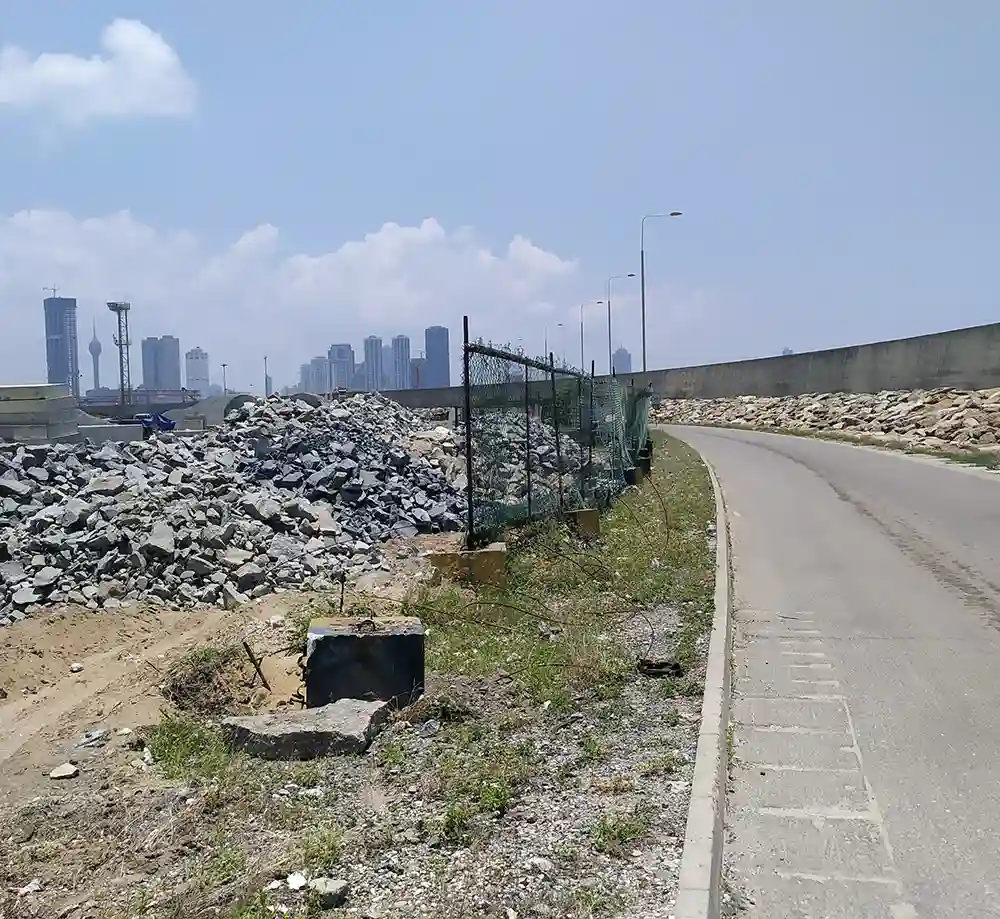
Summary
Global internet relies on hidden environmental costs. Materials extraction scars pristine habitats while manufacturing mobilizes carbon pollution rivalling millions of automobiles. Pervasive infrastructure slices through ecosystems both on land and underwater. And discarded networks may persist for centuries as toxic e-waste if improperly managed.
Yet conscientious policies and technology innovation can alter this status quo. We can produce cabling through renewable energy and recycled content, route infrastructure to minimize habitat disruption, and handle e-waste safely. Standards for security, ethics, and legal compliance uphold public and environmental interests alongside private sector growth.
In an increasingly connected planet, constructing sustainable networks demands dialogue among all global voices – from rural communities to indigenous groups. With collective diligence across security, justice, and conservation, the fibers that bridge humanity can uplift all life flourishing in this shared world.
FAQ
What regulations are in place to minimize the environmental impact of fiber optics?
Regulations require specific mitigation measures during fiber optic installation to minimize environmental disturbance, such as using construction equipment that reduces soil compaction and vegetation damage. Many providers must adhere to sustainable manufacturing practices that utilize environmentally friendly materials and production processes. Governments also promote sustainability in expanding broadband access by prioritizing the most eco-friendly internet infrastructure options.
Is fiber optics bad for the environment?
While fiber optics is crucial for connectivity, there are some potential environmental impacts to consider. The installation of cables can disturb natural habitats and disrupt wildlife as trenches are dug. Additionally, the mining and producing materials needed to make fiber optic glass strands, such as silicon dioxide, can damage local ecosystems. However, with responsible practices like restoration efforts and emission controls, the negative effects of fiber optics can be minimized.
Is there any downside of using fiber optics rather than copper?
While fiber optics has advantages over copper cables, there are some potential downsides to consider. Fiber optic infrastructure involves higher initial installation costs than copper. It also requires compatible equipment upgrades and may not be as widely available in all areas. Fiber optic cables are more fragile than copper and need careful handling during installation and maintenance. Working with fiber optic networks requires specialized expertise, increasing labor costs.


